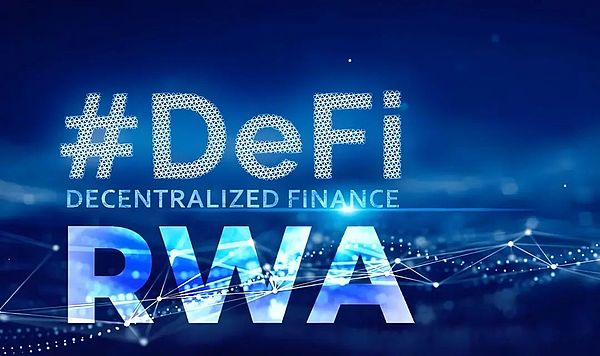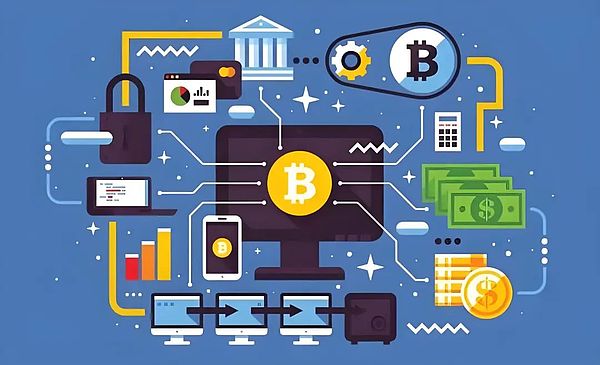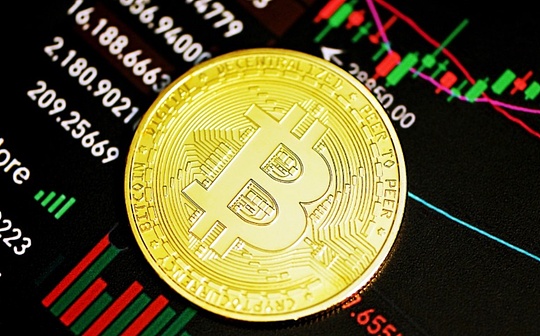
In August, Hong Kong quietly completed two milestone actions in the field of digital finance, which can be called “double firecrackers”:
1. The world’s first RWA (real world asset) registration platform has been officially launched;
2. The “Stablecoin Regulations” was declared and implemented, and the world’s first stablecoin issuance system was established.
These two things seem to be technical breakthroughs on the surface, but in fact they areRedefine the relationship between “assets” and “currency”, which reflects Hong Kong’s global Web3.0 waveReconstruct financial infrastructure and regain the right to speak in financeambition.They are by no means isolated incidents, but key moves in Hong Kong’s systematic layout.

1. RWA platform: not only “on the chain”, but also the ownership revolution
When it comes to RWA (real-world assets), many people will think of the “money circle” asset mapping.However, the RWA registration platform launched by Hong Kong this time is by no means a simple “on-chain replica”.
Its core is:
-
Rights confirmation:Clarify the legal ownership of the assets.
-
Metadata Standard:Establish a unified asset information description framework.
-
Verified life cycle management:Track the entire process from generation to circulation of assets.
Essentially, this is an operating system that allows real assets to be “see and trusted by the financial market”.It answers a key question:Can the financialization of Web3 not start with “coins” but from “assets” itself?Hong Kong has given a positive answer with practical actions—Asset rights confirmation is the foundation.
2. Stablecoin Regulations: Legislation is not a “tight curse”, but a “flag insertion” declaration
While many places around the world are still controversial over stablecoin regulation, Hong Kong took the lead in legislation to establish clear and actionableLicensing system framework.
Comparison:
-
USA:The stable currency policy has been in a “legislative vacuum” for a long time.
-
EU:The MiCA Act has many restrictions on stablecoins.
-
Hongkong:Actively legislate and establish rules that “licensable, operational and innovative”.
This is by no means killing innovation,Strategic “flag planting” action.Hong Kong’s goals are clear:Become the rulemaker for the future payment base – stablecoins – of the digital economy.Hong Kong does not want to be a simple “currency circle paradise”, but wants to becomeThe “super bridge” connecting traditional finance and the Web3 world.
3. “Dual-wheel drive”: RWA + stablecoin, building a new base for digital finance
These two systems are soft and hard, complement each other, forming the “dual engine” of Hong Kong’s digital financial infrastructure:
-
RWA platform (asset side):solve”Is the assets behind the token real, the ownership is clear, and whether it is compliant”’s core trust issue. It’s like the “asset registration center” of digital cities.
-
Stablecoin regulations (currency side):solve”Can Token become a widely accepted, compliant and reliable payment medium” The key circulation issue. It is like the “fiat currency replacement test field” in digital cities.
Hong Kong is trying to build these two most critical underlying facilities for the construction of global “digital cities”.
4. Hong Kong Ambition: Don’t be a “participant”, you must be a “definator”
Why Hong Kong?Its digital finance experiment is by no means following the trend, but directly points to the pain points of the industry:
-
When the world is talking about “compliance”,Who defines “what is compliance”?
-
When real assets want to be “on-chain”,Who will define the criteria for “on-chain ownership”?
Behind this isHong Kong’s strategic intention to export rules and compete for the right to speak.In the cracks between the US dollar system, EU regulation, and mainstream public chain ecology, Hong Kong has keenly grasped theRealistic mapping interface layer between assets and currency“This key gap. Here is exactlyThe important fulcrum of Digital China’s integration into the global financial network.
5. Key question: How does the mainland work together?
Hong Kong’s actions also raised real problems to the mainland:
-
Can mainland assets be easily connected to the Hong Kong RWA platform?
-
How can the digital RMB efficiently coordinate with Hong Kong’s stablecoin mechanism?
-
If the RWA platform becomes a “highway intersection” for global asset rights confirmation and financing, how can the mainland ensure “entry tickets”?
National People’s Congress representative Yang Debin proposed “Complementary Theory”: Provided by Hong KongMarket mechanism and international capital interface, provided by the MainlandRich assets and application scenarios.The key to achieving this collaboration is to build a solidInstitutional bridge, not just technical connectivity.
Conclusion: A “digital asset map” that is being repainted

RWA registration and stablecoin legislation jointly draw a new “digital asset map”:
-
Who can register assets?(Certification of rights)
-
Who can issue currency?(Circulation)
-
Who can build trust?(Compliance)
-
Who can be accepted by the market?(value)
Hong Kong gives a bold paradigm:Standards are first, registration can be checked, supervision can be escorted, and financing is implemented.Whether it can succeed remains to be tested by the market.
But the more critical issue is:Can we (especially mainland institutions, entrepreneurs and investors) actively participate in co-construction?When others begin to define the rules of future finance, if you only be bystanders, you will eventually be defined by the future.







